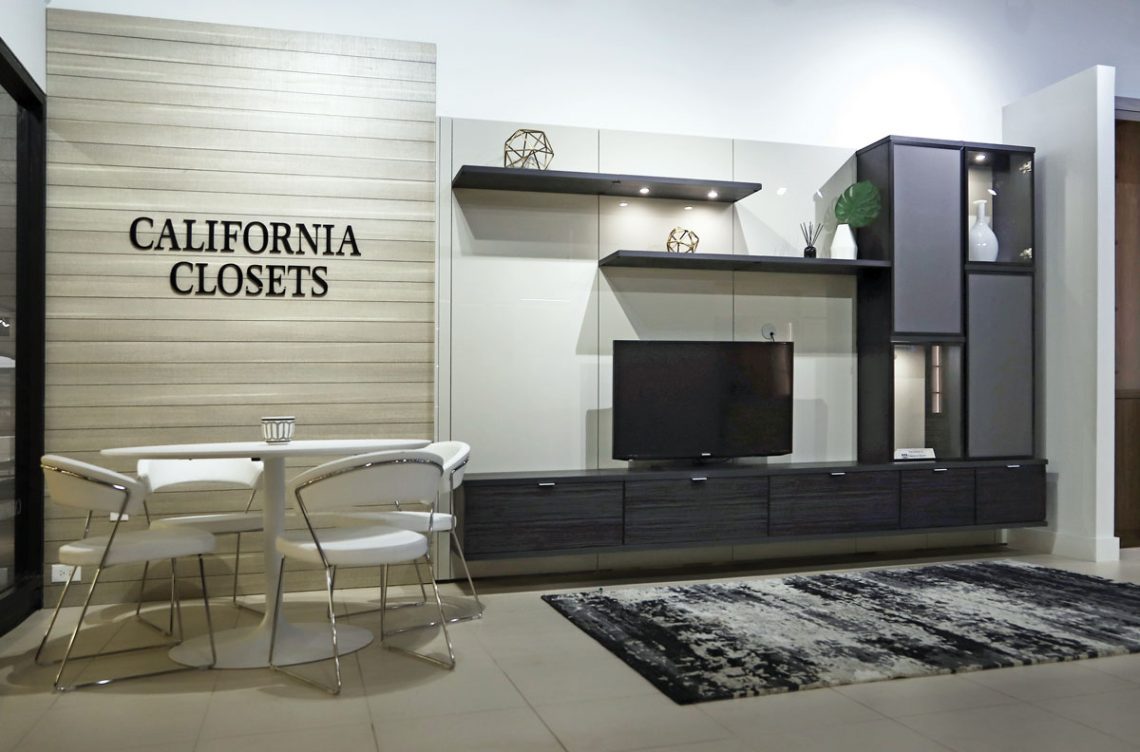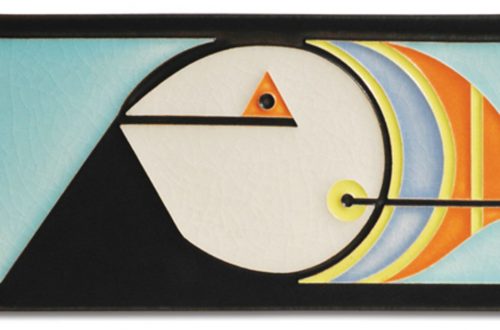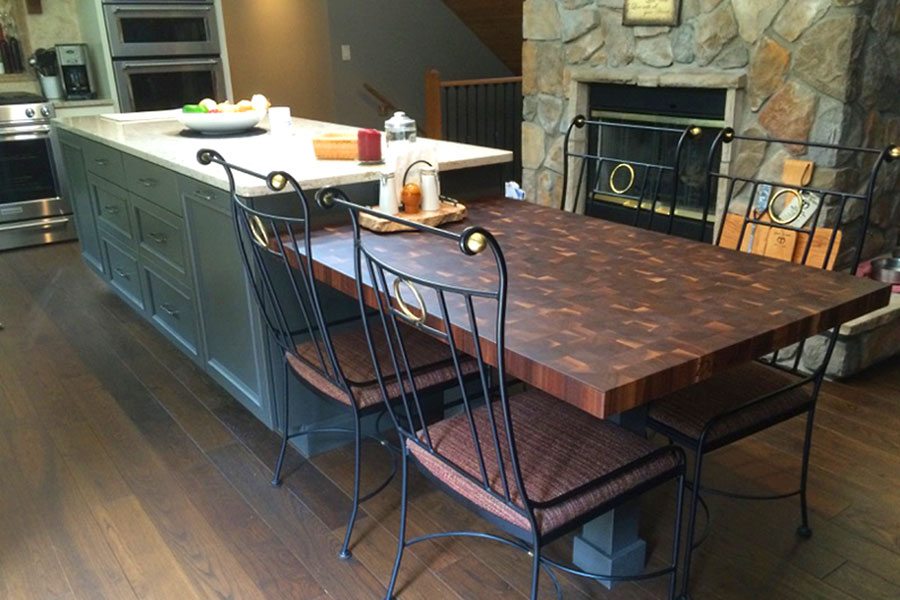Discovery, expression, and connection: they are concepts that define the role resource centers can play at both the local community and international level. Resources, regardless of type—natural, physical, human, or speculative—by definition are assets to be drawn upon for functional needs, and the spaces built around them, in support or in preservation, offer a place of collaboration, education, and experience.
From the literary temples of poetic, philosophic, and historical work—and the modern library that has evolved from it to meet ever-evolving needs of communities—and the more intangible boundaries that house the ecological conservation of parks and oceans, to the places that house the creative work of industry, resource centers, like the Michigan Design Center in Troy, Michigan are meant to showcase and inspire those who visit.
“Technology has fundamentally changed the way we work and the way we source things for our home projects. While that technology opens many new opportunities for people, it can also be isolating. At [Michigan Design Center], we provide opportunities for connection,” said Susan Todebush, executive vice president and general manager at the Michigan Design Center, or MDC.
“Showrooms employ experts who can help clients wade through endless options, saving both time and money. The social events give designers the chance to catch up with their peers and share ideas for resources or new ways they are doing business. These events are also important, because they offer fresh inspiration. We cater to creative people who seriously enjoy exploring new products and learning new ways of doing things,” Todebush added.
Located on the northern end of a single block street, the Michigan Design Center is an approximately 215,000-square-foot campus in southeastern Michigan that has served designers, architects, builders, and consumers in the region since its establishment more than 40 years ago. Founded by local entrepreneurs and philanthropists Marvin Danto and son, James Danto, in 1977, the center was meant to serve as a resource for registered designers, architects, specifiers, and other trade professionals.
“The Danto family had recently sold Englander Triangle, a successful furniture business, and through their experience in the furnishings industry, they recognized the need for a ‘To the Trade’ facility in southeast Michigan with showrooms that would represent the finest lines of home furnishings and materials,” Todebush said. “In 2009, we became among the first design centers in the country to allow consumers to visit the building to browse the showrooms and get personalized designer referrals.”
Developed in three phases between the years of 1977 and 1981, MDC is now home to nearly 40 showrooms representing more than 1,000 manufacturers in design industries like furniture, tile, fabric, lighting, fine art, bedding, accents, and floor coverings from national brands such as Baker Furniture, Ann Sacks, Kravet, and Schumacher, to regional studios like Michael Coyne Design Detroit, Detroit Luxury Beds, and Virginia Tile. Showrooms and studios also comprise: Beaver Tile and Stone, Beckham-Barnes Interiors, Cercan Tile Inc., Earthscape Home Products LLC, Chatham House Lifestyle Gallery: A Verellen Boutique, E.W. Kitchens, Lighting Resource Studio, Rita O’Brien Design Group, Scott Monchnik & Associates Inc., The Ghiordes Knot, and Walker Interiors, among others.
The single-story complex also features a newly redesigned lobby and collaborative meeting space, an on-site restaurant known as MDC Café, and more than 3,000 square-feet for business and social events in the renovated Mid-America Room. Owned and operated by James Danto of Danto Investment Co., MDC not only features showrooms and staff employed since its initial launch, but also has developed a number of services and programs for tenants and consumers alike.
Todebush said the center offers a number of different types of programs and events, each with their own goals, to meet design professional and member needs, as well as inspire and connect college students and consumers.
“Our trade members look to us for inspiration and education, along with business-building and networking opportunities,” Todebush said. “We also host tours and learning opportunities for groups of college students. We can customize their experience here based on a particular course or project they are working on, or we can arrange a general tour where they can experience everything at their own pace.”
MDC not only offers classes, lectures, and parties for professionals, but also host events where designers can demonstrate their expertise and connect directly with potential clients. For the consumer, the resource center’s opportunities range from large, show-type events to wander and experience directly with space and products; to year-round lectures and programming like the Designer Referral Program and the recent Launch! Program.
“A Launch! Event is based on a very specific design project and attendance is capped at 15-to-20 people. A design professional leads each event, usually for about an hour, and the small-group format really lets the consumers interact and ask questions,” Todebush said. “Many people are intimidated by designers, for a variety of reasons. We’ve seen real connections being made in these small groups.”
Todebush, who is originally from Chicago with a background in communications, has always been drawn to the field of design and after moving to Boston, relocated to Michigan and pursued architecture at Lawrence Technological University in Southfield, Michigan. An experienced interior designer and showroom manager herself, Todebush noted the showroom—its services, opportunities, and collaborative space—is vitally important for both the designer and the client.
“It is the place where the client, and sometimes the clients’ clients, connect with the brand and can experience it. They can see and touch the products,” Todebush said. “They can compare the comfort level, learn about custom options, and can select samples to take to the job site. They can take samples from one showroom to another, assembling finishes and materials that will create a space that feels very personal.”
As MDC continues to serve as a resource for trade members, anchor tenants, design professionals, students, and consumers, Todebush noted it is exciting to see all the great work interior designers are doing and it is truly gratifying to be part of the design community in a state with such rich history in design and architecture.
“I believe good design is certainly beautiful, but it should also engage the senses. Design has a function: Good design will consider and reflect those who use the space and it will make their time in that space better,” Todebush said. “Design is everything to me.”
Text: R.J. Weick | GLBD Editor
Featured image: California Closets, specializing in a variety of storage solutions, is among MDC’s most recent tenants. Courtesy Michigan Design Center






